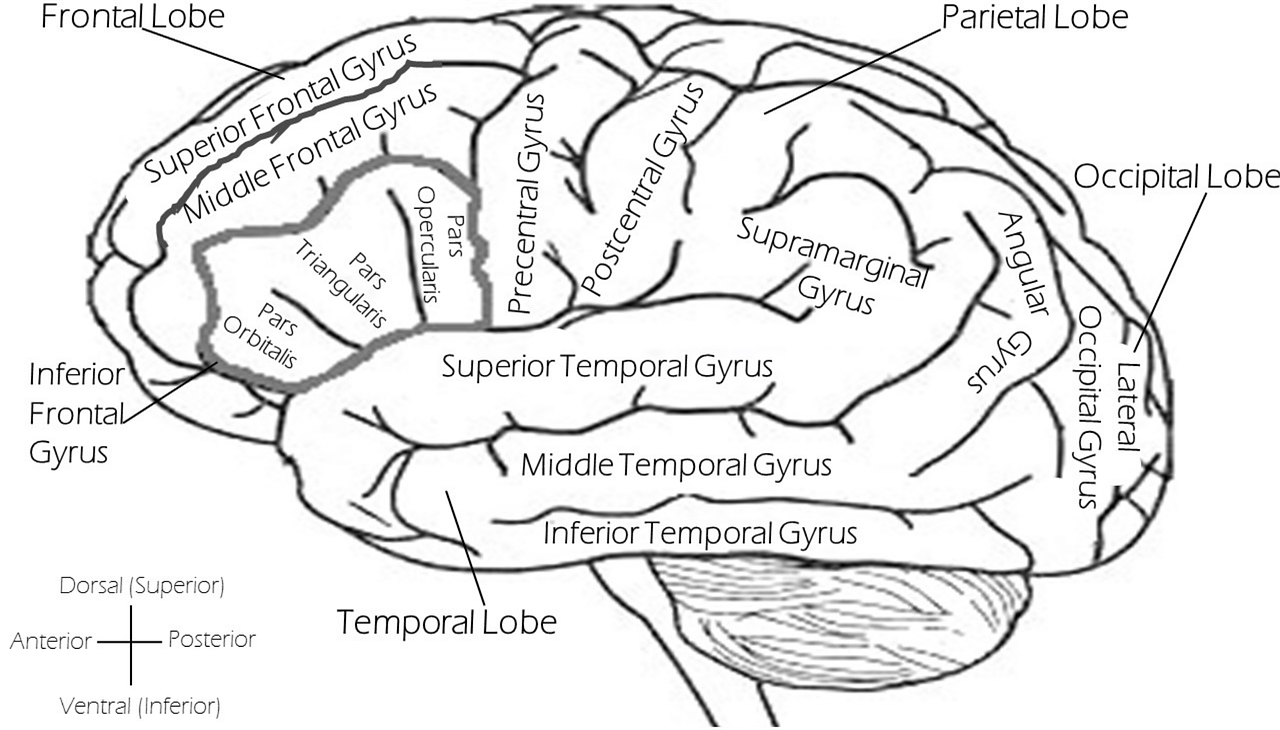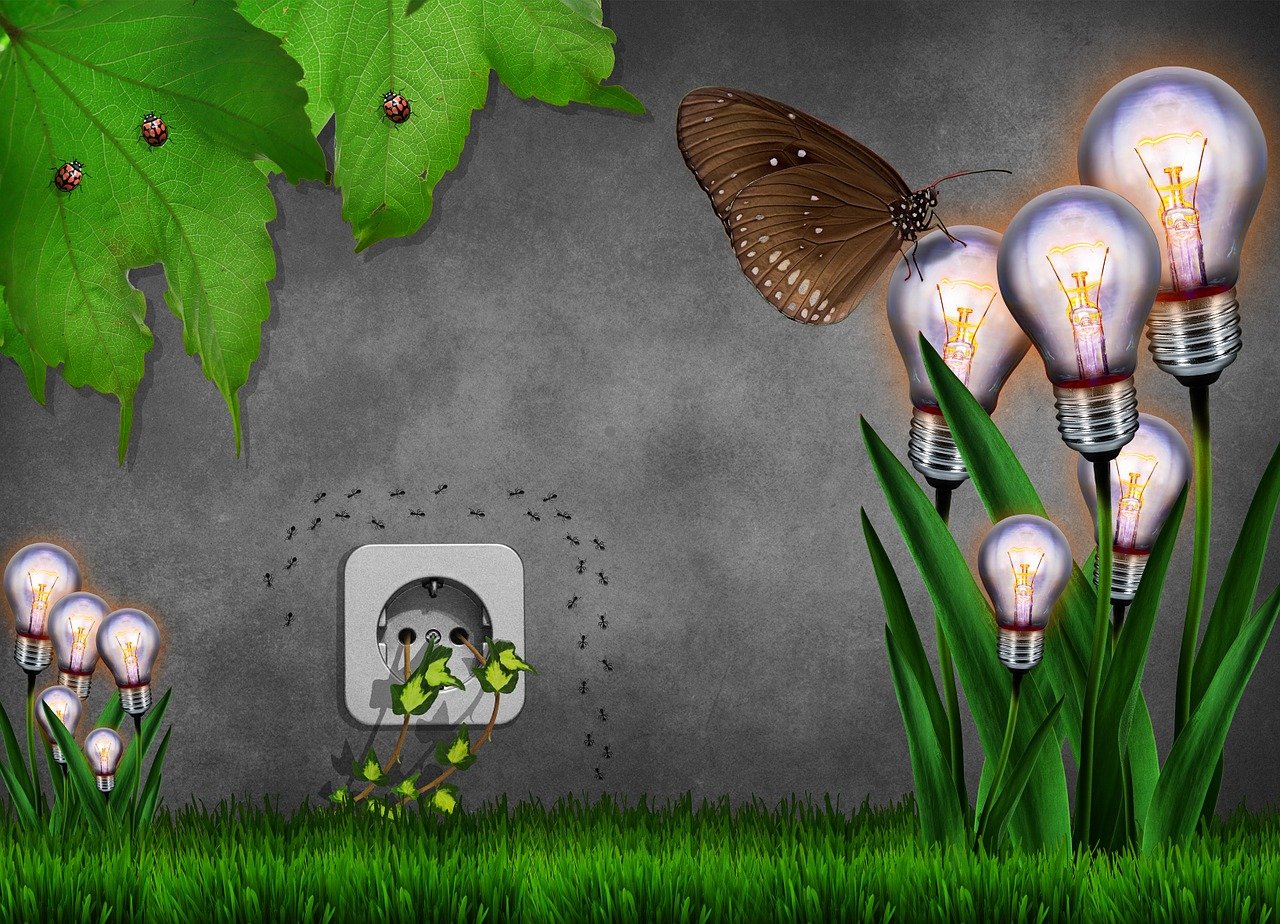Is it true that children educated to write with both hands get smarter? How many people are really ambidextrous? Is there a link between ambidextrous and synaesthesia? Ten curiosities about a rare condition.

Source: Pixabay
When it comes to writing, cutting out a piece of paper, putting on make-up, or throwing a ball, the world population is divided into right-handed (90% of the total), left-handed and ambidextrous. This last small group of people is able to use either the right or left hands indifferently to perform the various daily tasks.
But what causes ambidextrousness? Is this ability bringing advantages and disadvantages? Here you have some scientific curiosities about a truly abnormal condition.

Source: Pixabay
1. The “true” ambidextrous – those who show no lateral dominance – make up a meager 1% of the population. Even among those who know how to use both hands or feet indiscriminately, there is, in fact, even minimal preference (for example, in the hand-chosen to write).
2. In the ambidextrous, greater structural symmetry was observed between the two cerebral hemispheres, particularly in the areas responsible for motor control. On the other hand, most of the earth’s population has brains characterized by lateralization of cognitive functions, which corresponds to structural asymmetry.
3. Ambidextrous, left-handed, right-handed are labels that are often not enough to define the specialization in the use of one hand or the other: many people prefer to use one hand to perform certain tasks, even if it is not the “favorite”.
4. Synesthesia, that is the fusion, in a single sensorial sphere, of the perceptions of distinct senses, due to the functional synchronism of two sense organs or two cognitive faculties, is observed more frequently in ambidextrous or left-handed subjects.
5. According to a 2006 study conducted by BBC Science and the Nature website, with an online questionnaire submitted to 255,000 people, ambidextrous people are more easily attracted to both sexes than right- and left-handed people.
6. Ambidextrous people are more emotionally influenced than right-handed or left-handed people: according to a study by Montclair State University (New Jersey), their mood is more easily infected by external situations. A possible explanation could be sought in the greater development, in these subjects, of the corpus callosum – the “bridge” of nerve fibers that allows the two cerebral hemispheres to communicate – which would favor emotional contagion and suggestibility.
7. The LRRTM1 gene on chromosome 2 is much often associated with left-handers, as well as ambidextrous people, which is related to schizophrenia. People with schizophrenia are more often ambidextrous or left-handed than non-schizophrenic.
8. Ambidextrous students experience dyslexia and attention-deficit /hyperactivity more often than other students. Ambidextrous children and adults exhibit difficulties in math, mnemonic exercises, and logical reasoning more frequently than right-handed and left-handed people.

Source: Pixabay
9. For the same reason, teaching children to use both hands with equal dexterity – an exercise that was fashionable in the second half of the 1900s – will not lead to any cognitive improvement, as was once thought.
10. Ambidextrousness is not always a disadvantageous condition. Being able to use both hands, or feet, with equal skill can help in many fields, from art to music to sports. He was ambidextrous, according to many sources, Leonardo da Vinci, and so was American baseball player Mickey Mantle (1931-1995), capable of hitting from either side of the pot based on the hand used by the pitcher.


